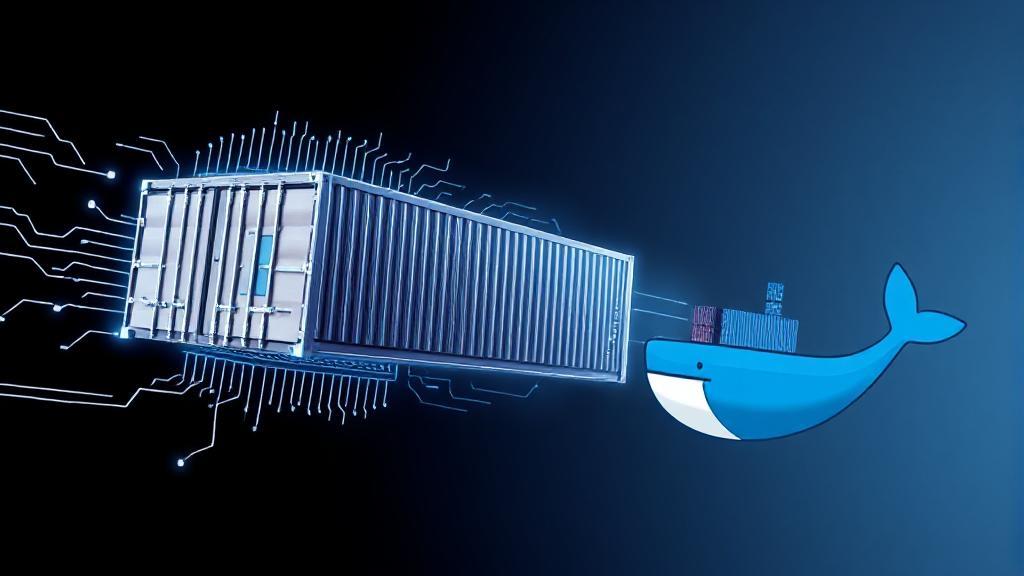Introduction to Containerization
In the rapidly evolving world of software development, containerization has emerged as a pivotal technology, revolutionizing how applications are developed, shipped, and deployed. Docker, as the leading containerization platform, has become synonymous with this transformation, providing a lightweight and portable way to deploy applications.
What is Docker?
Docker is an open-source platform designed to automate the deployment, scaling, and management of applications. It allows developers to package applications into containers—lightweight, standalone, and executable units that include everything needed to run a piece of software, including the code, runtime, libraries, and system tools.
Key Components
- Docker Engine: The runtime environment that runs and manages containers
- Docker Images: Read-only templates containing application code and dependencies
- Docker Containers: Running instances of Docker images
- Docker Registry: A repository for storing and sharing Docker images
- Dockerfile: A text file containing instructions to build a Docker image
Why Use Docker?
Key Features and Benefits
- Portability: Docker containers can run on any system that supports Docker, ensuring consistent environments across development, testing, and production
- Efficiency: Containers share the host OS kernel, making them more lightweight and faster to start than traditional virtual machines
- Isolation: Each container runs in isolation, providing an additional security layer and preventing conflicts between applications
- Scalability: Docker's architecture supports rapid scaling of applications, making it ideal for microservices and cloud-native applications
Getting Started with Docker
To start using Docker, you need to install the Docker Engine on your system. Docker provides installation guides for various operating systems, including Windows, macOS, and Linux.
Basic Docker Commands
Best Practices
1. Use Official Base Images
Always start with official base images from Docker Hub when possible. They're maintained, secure, and regularly updated.
2. Optimize Image Size
Keep your images small by:
- Using multi-stage builds
- Removing unnecessary files
- Combining commands to reduce layers
3. Security Considerations
"Security is not an afterthought - it should be built into your containerization strategy from the beginning."
- Run containers as non-root users
- Regularly scan images for vulnerabilities
- Keep base images updated
- Use minimal base images when possible
Docker in Development and Production
Development Benefits
- Consistent development environments that mirror production
- Rapid prototyping with quick setup and teardown
- Simplified environment management
Production Advantages
- Efficient resource utilization
- Simplified deployment processes
- Support for CI/CD pipelines
Monitoring and Logging
Effective container monitoring is crucial. Consider these tools:
| Tool | Purpose |
|---|---|
| Prometheus | Metrics collection |
| Grafana | Visualization |
| ELK Stack | Log management |
| cAdvisor | Container metrics |
Common Challenges and Solutions
Network Management
Use Docker networks to manage container communication:
Data Persistence
Implement Docker volumes for persistent data:
Resource Constraints
Set resource limits to prevent container resource hogging:
Conclusion
Docker has fundamentally changed the landscape of software development and deployment. By understanding its core concepts and capabilities, developers and organizations can harness the power of containerization to build, ship, and run applications more efficiently and reliably. As the ecosystem continues to evolve, staying informed about best practices and emerging trends will be crucial for leveraging Docker to its fullest potential.
For more in-depth information, consider exploring the official Docker documentation and following the Docker blog.
